How to choose the best Peru and Machu Picchu tour?
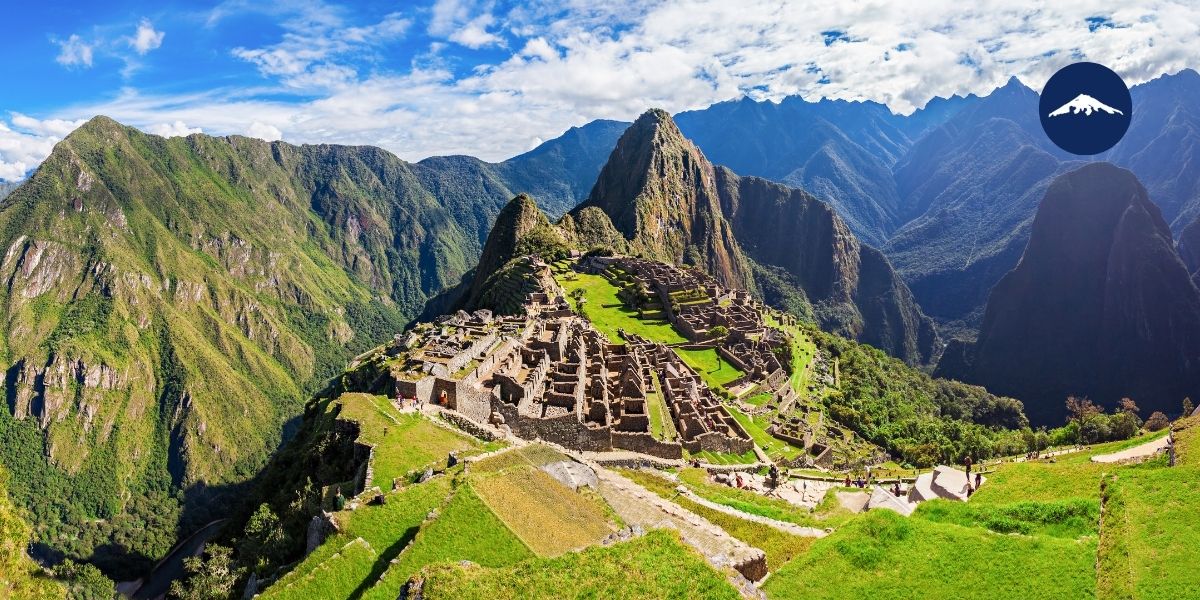
Peru and Machu Picchu tours offer the unique opportunity to explore one of the most fascinating places in the world. Machu Picchu is undeniably Peru’s main destination. It’s a UNESCO World Heritage site and a symbol of the Inca civilization.
The ‘Lost City of the Incas’ is one of the top destinations in South America. When you’re looking at the stunning views of the surrounding mountains and valleys, you’ll feel as if you are going through a time capsule. Moreover, Peru offers endless possibilities for curious travelers.
7 Questions to Ask When You’re Booking a Tour to Peru and Machu Picchu
When you start planning your trip to Machu Picchu, you may feel overwhelmed with so much information. First, you need to know what meets your needs and preferences. And then you can start planning an amazing Machu Picchu trip! In order to help you, we’ve condensed the 7 questions you need to ask when you’re booking a tour to Peru and Machu Picchu.
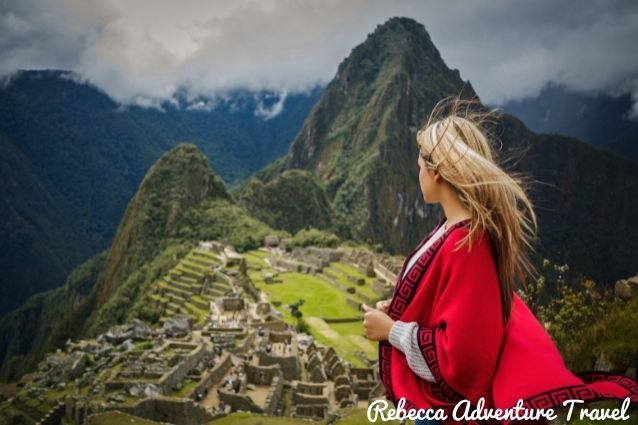
Machu Picchu is an artistic, architectural, and engineering achievement in perfect harmony with nature.
1. When do you want to go?
Machu Picchu is a year-round destination. However, the best time to visit the Inca citadel is during the dry season, which runs from May to October. You’ll be able to enjoy sunny days, clear skies, and comfortable temperatures. However, the peak season is from June to August. Therefore, June, July, and August are very busy.
From April to May, and September to November, the weather is still dry and mild, making it a great time to visit. Also, the crowds are smaller so you’ll be able to take better pictures!
The wet season runs from November to March, with January and February as the rainiest months. If you plan to hike or explore the site extensively, you’ll probably find mudslides. However, the landscape is lush and green during this time.
Overall, the best time to visit Machu Picchu depends on your preferences. When deciding on the best time to go, you need to consider:
- Weather.
- Crowds.
- Activities you want to do.
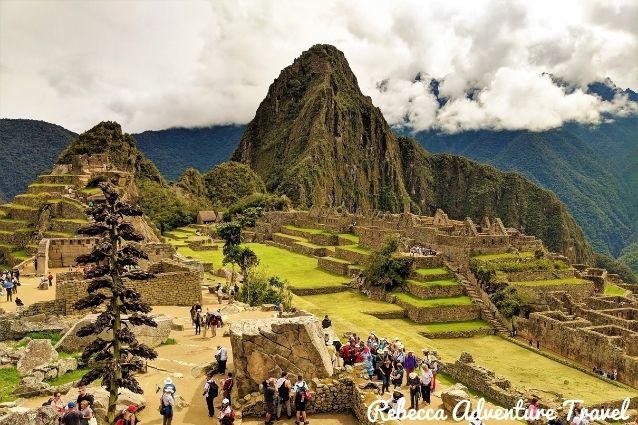
Getting to Machu Picchu is like stepping into a thrilling dream.
2. Where do you want to start?
You can start your Peru and Machu Picchu adventure in Lima, Peru’s capital, or travel directly to Cusco. The city has an international airport with connections to multiple places around the world.
Most Peru and Machu Picchu tours start in Cusco, which is located 66.6 kilometers (41 miles) from the ancient ruins. Cusco is a historic and beautiful city, with a rich cultural heritage. Also, it’s the gateway to the Sacred Valley, where you can visit important archaeological sites and scenic landscapes.
Most tours to Machu Picchu include a train ride to Aguas Calientes, the small town located at the base of the ruins. There’s also a shuttle bus or you can hike up from Aguas Calientes to the Machu Picchu site.
3. Do you want a luxury trip or prefer to stick to your budget?
Machu Picchu is a magical place, where you’ll feel like you’ve traveled back in time. The best way to enjoy your stay is first you need to determine your travel style: do you prefer luxury or budget tours? Are you interested in an adventure tour or a cultural one? Either way, you’ll discover one of the most biodiverse places on Earth!
4. Do you want an all-inclusive tour?
If you’re up for an all-inclusive tour curated by Rebecca Adventure Travel, they include an amazing trip to Machu Picchu and the Galapagos Islands:
- Airport pickups and drop-offs.
- Transportation on and between Machu Picchu and the Galapagos Islands.
- Accommodation in a single, double, or triple room.
- Transportation fees in Cusco and the Galapagos Islands.
- Entrance fee to Machu Picchu.
- Snorkeling equipment in the Galapagos Islands: mask, snorkel, fins, and life vest
- Meals as described in the itinerary.
- Guide assistance.
5. Check your fitness level
Machu Picchu is located at an altitude of 2400 meters (8000 feet) above sea level. Therefore, tourists may experience altitude sickness or other types of altitude-related illnesses. Moreover, to explore the site fully, you’ll need to climb up and down many stairs and steep trails. That’s why it’s recommended that visitors have a moderate fitness level. You’ll walk for several hours and hike over uneven terrain.
If you plan to visit Machu Picchu, it’s a good idea to prepare by engaging in regular exercise. For instance, a way to build up your endurance is to go on long hikes or stair climbs.
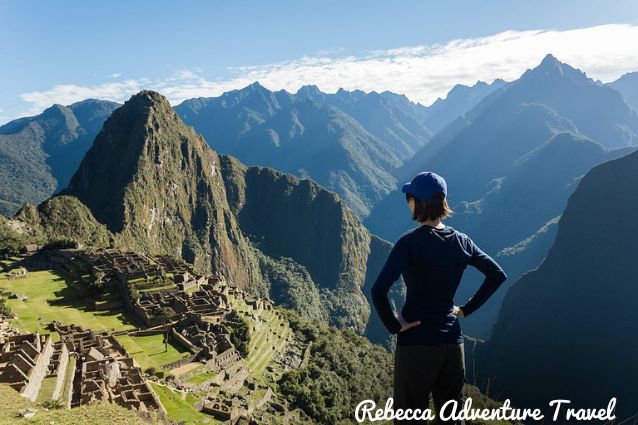
Hiking in Machu Picchu.
6. How many walking circuits are there?
In Machu Picchu, you’ll find two main circuits. The traditional circuit is the most popular. It includes the famous sites in Machu Picchu, such as the Temple of the Sun, the Temple of the Condor, and the Intihuatana Stone. The circuit takes about two to three hours to complete.
The second circuit includes hiking trails up Huayna Picchu or Machu Picchu Mountain. Hiking up the Huayna Picchu trail is an amazing opportunity to enjoy panoramic views of the Machu Picchu site and the surrounding mountains.
7. Are you looking for short or extended tours?
There are standard Machu Picchu tours that accommodate travelers’ needs. Short tours typically last 1 or 2 days, and they include a visit to Machu Picchu, a train ride to Aguas Calientes, and a guided tour to the site. These tours are ideal for travelers who want to explore other destinations, such as the Galapagos Islands.
Alternatively, you can book an extended Peru and Machu Picchu tour that allows you to discover other places around Cusco and the Sacred Valley. They last from 3 to 10 days and include additional activities such as trekking the Inca Trail, visiting other Inca ruins, or exploring Cusco.
Therefore, when deciding whether to choose a short or extended tour of Peru and Machu Picchu, you should consider:
- What you want to see and do.
- Available time.
- Budget.
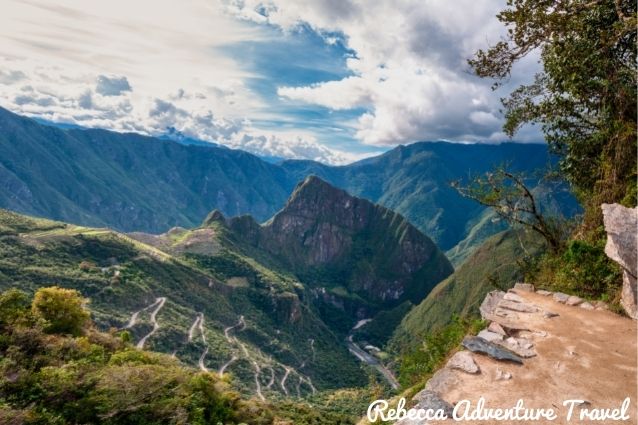
Andean mountains will enchant you!
Machu Picchu is an enchanted historical site for adventure travelers. After following the hiking circuits and discovering the archaeological site, you’ll be delighted to learn about the grand history of the Incas.
We hope this blog has helped you decide how to choose the best Peru and Machu Picchu tours. If you need more information, contact our destination experts and start planning your Peru and Machu Picchu tour today!
Happy and safe travels!
Did you like this blog? You might also like:
- Discover the Amazon Across Colombia, Ecuador & Peru
- Bucket List South America: Top 3 Destinations
- 10 Tips for Traveling Solo




